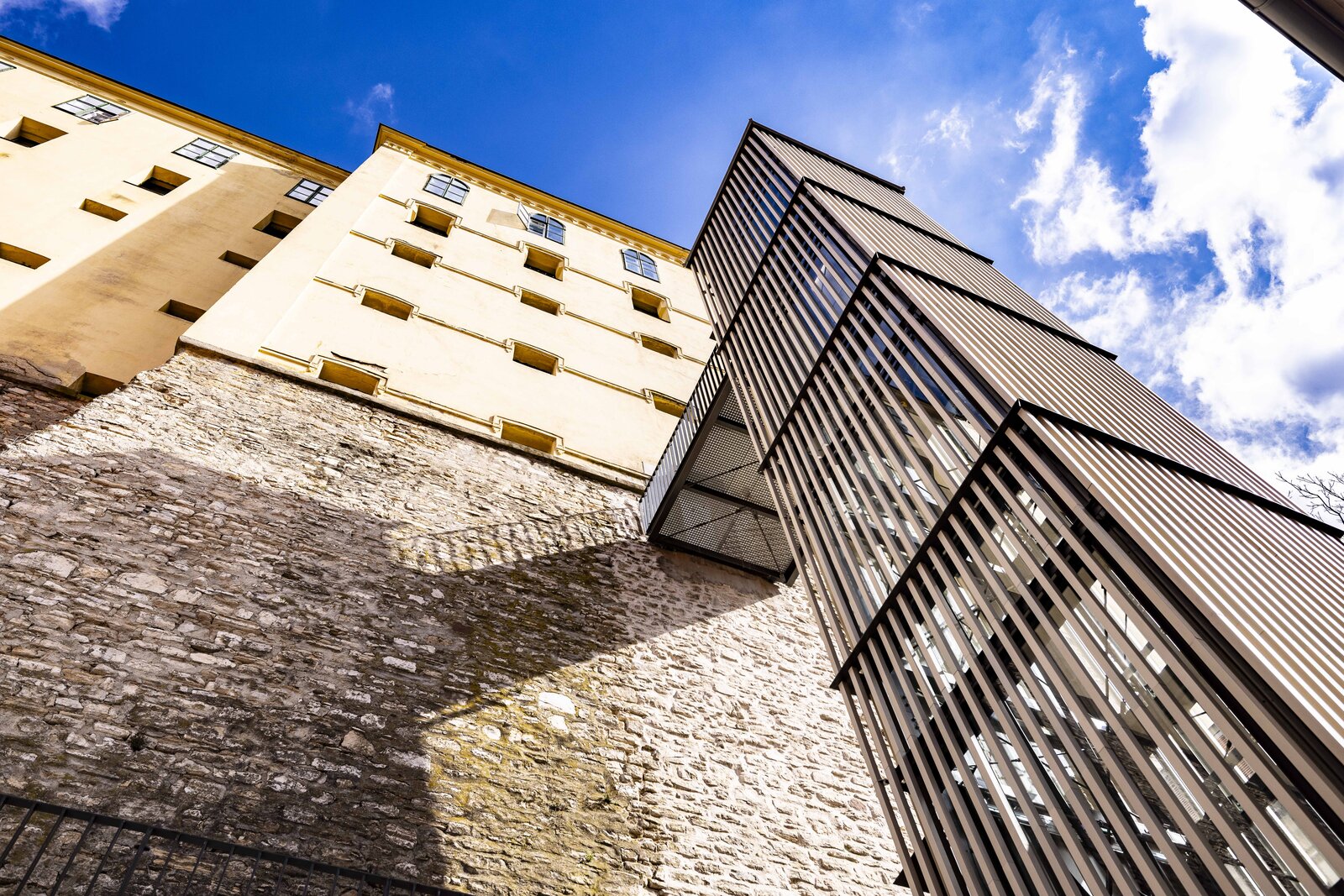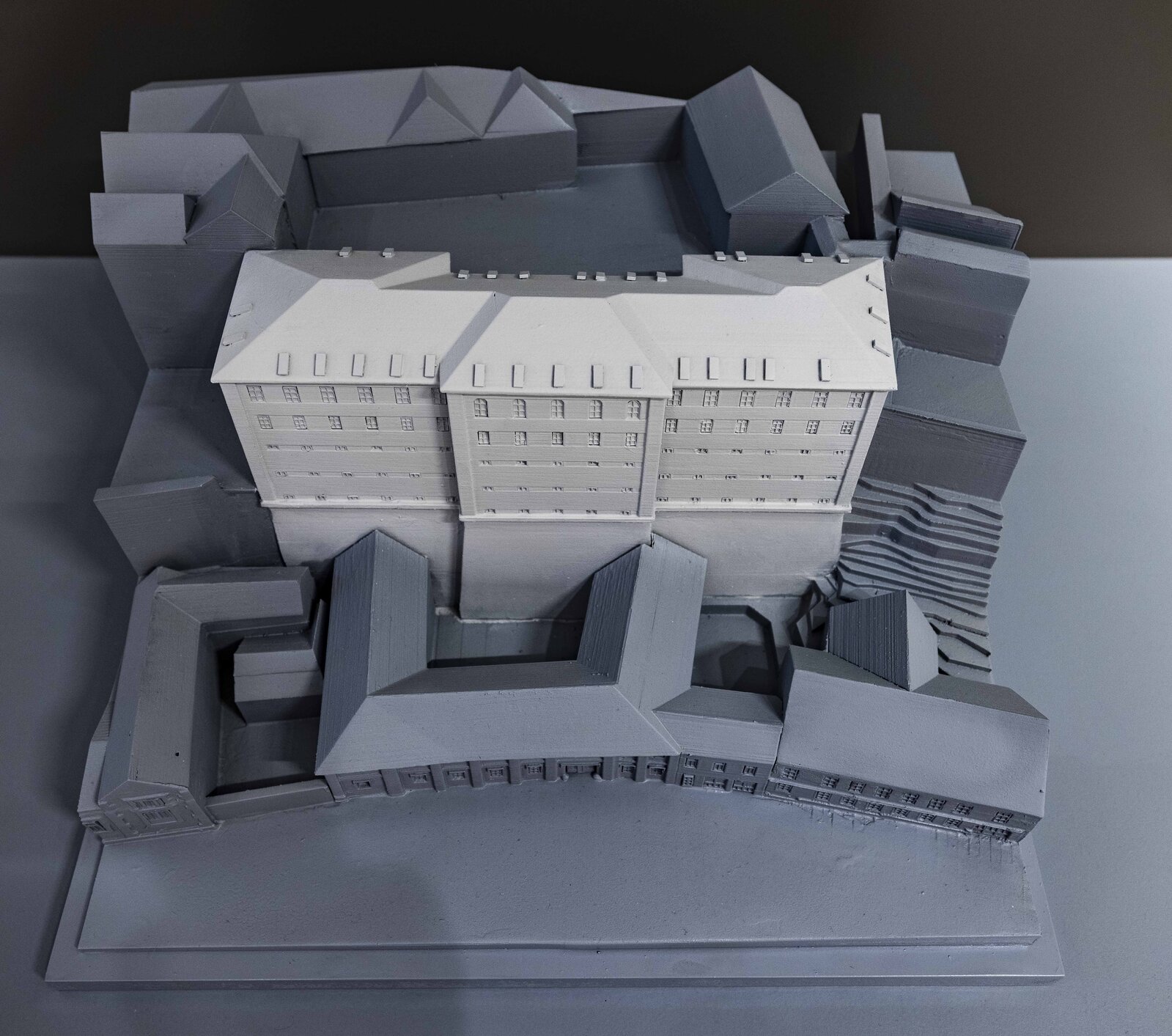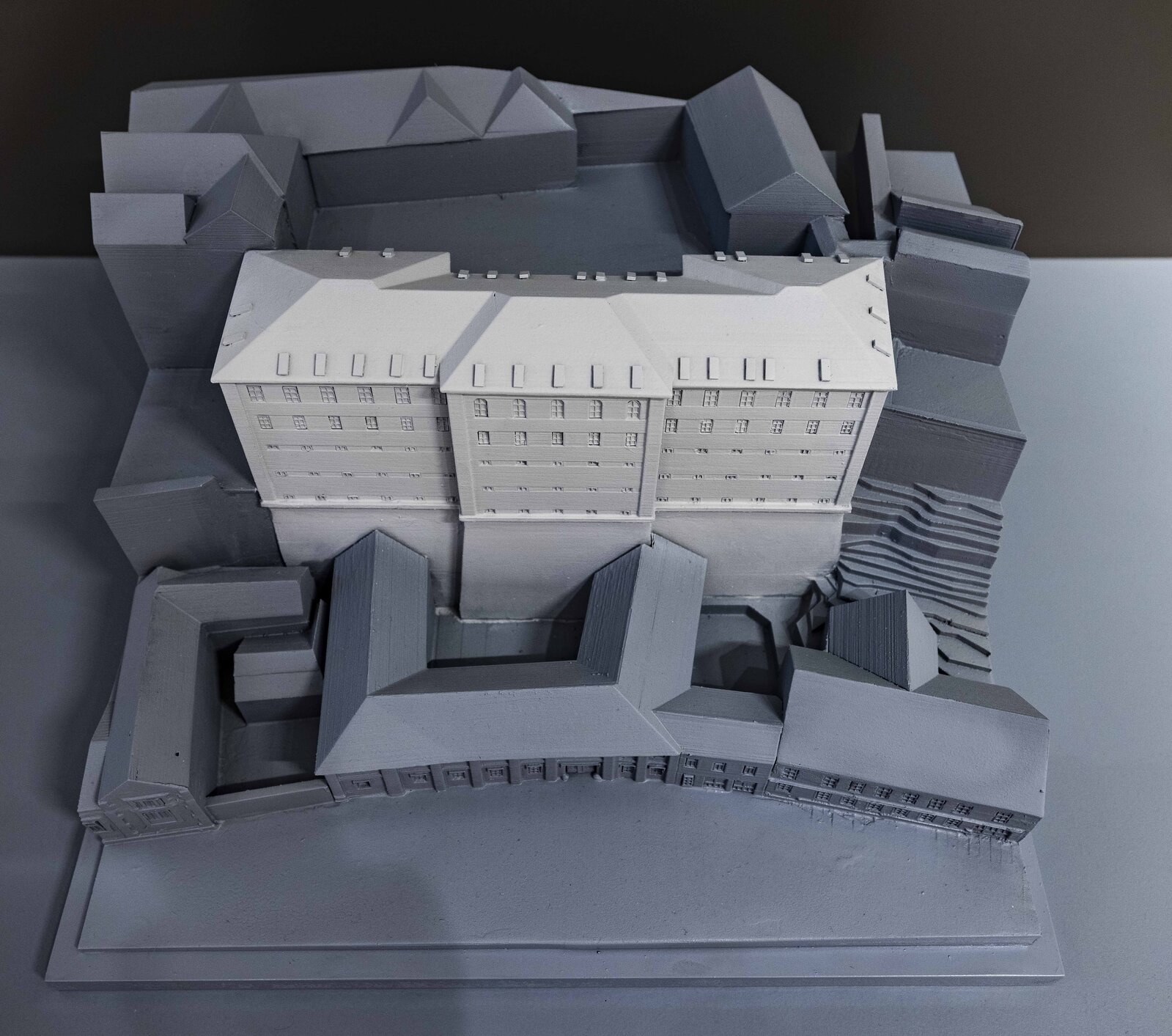About The Dungeon
For a long time, the facility known and referred to as the Veszprém Dungeon was one of the most isolated and secluded places in the city. Times change, however, and the building, which originally served as a penitentiary until its closure in 2003, was revived as a museum in 2015, and recently - owing to the opportunity offered by the European Capital of Culture programme year - was renewed and, after a break for renovation, once again welcomes curious and reflective visitors.
There's plenty to ponder and contemplate, as the thoroughly modernised exhibition not only tells the 400-year history of the prison built in 1858 and its predecessors from the 1600s, but also gives an insight into the lives of some of the most famous and infamous inmates of that period, like the Bakony outlaws (Jóska Savanyú, Ferkó Milfajt and Jóska Sobri - although there is no proof for the last one), or even Prince Primate and Archbishop of Esztergom József Mindszenty, who headed the diocese from this prison and consecrated priests in a small chapel specially built for him within the jail walls. But Árpád Brusznyai, head of the 1956 revolt in Veszprém, was also a convict here before his execution.
Yet the history of the prison and its inmates cannot be interpreted on its own, as the penal system is an integral - albeit little known - part of the society in which it operates, and so to some extent the historical context will always determine what people think about the punishment meted out by imprisonment, the stigma it can bring, or even whether there is any absolution from crime, ever. While the exhibition does not aim to answer these questions, it does help you to find answers for yourselves by taking a broader view, exploring wider areas and charting actual human fates.
What's more, with the help of our experts, learning can be assisted with drama and museum education sessions for school groups, class trips, and now even accommodation in the area for those who plan to spend several days in Veszprém and the around region. As part of the refurbishment, Ruttner House, a national heritage listed building and also recently completely renovated as a hostel, café and gift shop, has become architecturally linked to the dungeon, providing convenient, barrier-free access to the exhibition thanks to the lift installed as part of the refurbishment.


